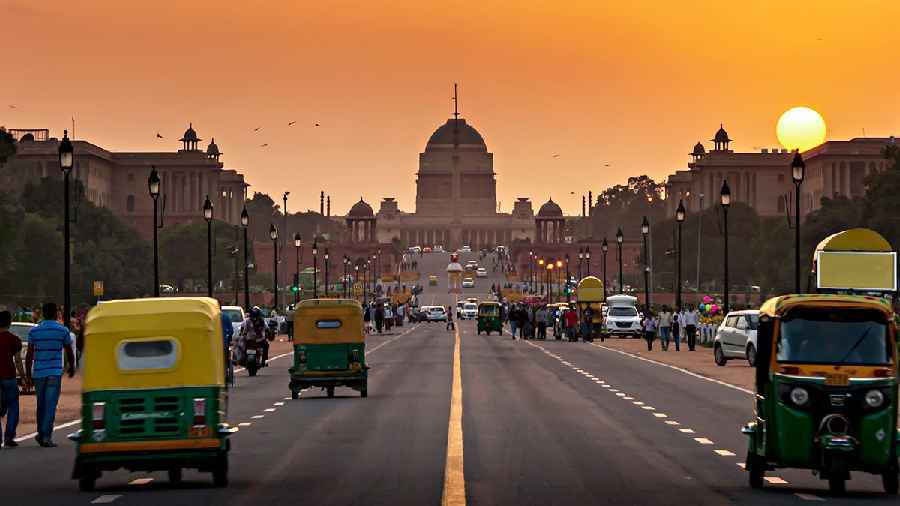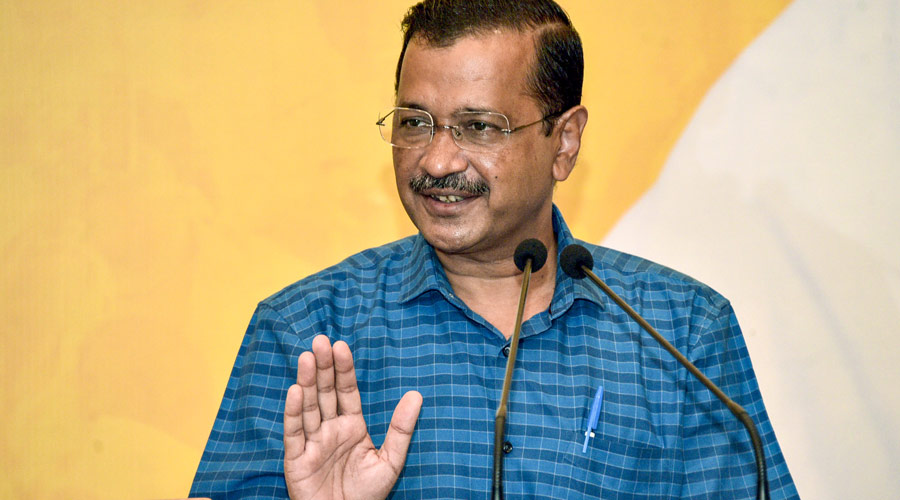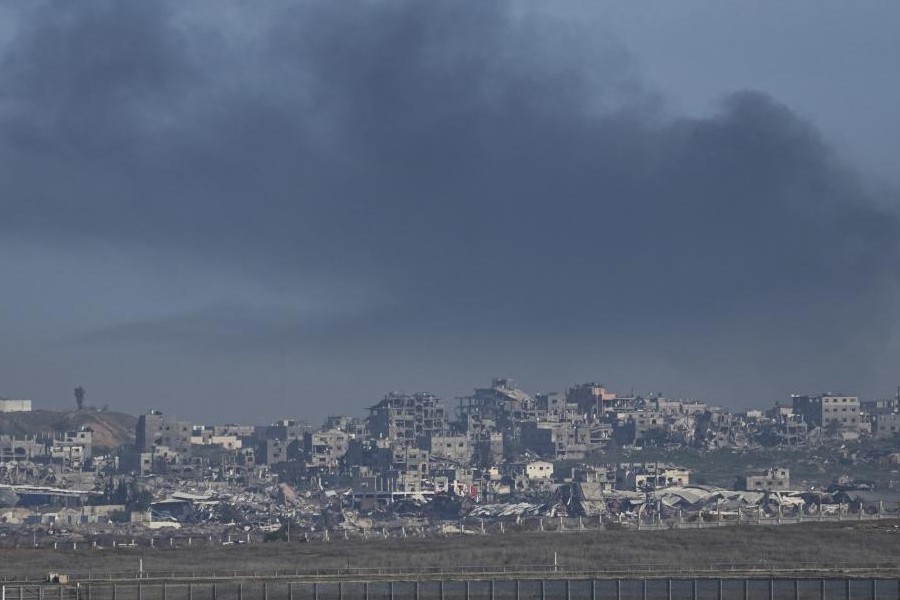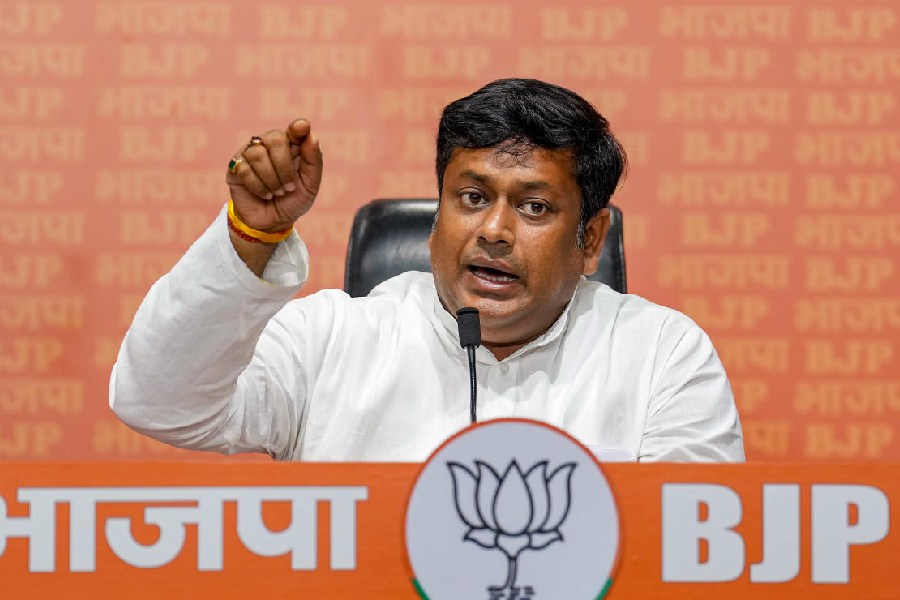Soon, sources of pollution at any location in the national capital can be tracked in real-time as the Delhi government's source apportionment system will start providing data from October 20.
Adviser to the Delhi government Reena Gupta told PTI that the real-time source apportionment study will help identify and locate the exact contribution of various polluting sources within the city on a real-time basis.
She said the air quality and Air Quality Index (AQI) at multiple locations will be forecast on an hourly basis for three days in advance and on a daily basis for a week in advance.
"Based on the apportionment and forecasting, control actions required to curb major polluting sources can be customised," Gupta told PTI.
The Delhi government, in partnership with IIT-Kanpur, had come up with a supersite, capable of monitoring various compounds, at Rouse Avenue to monitor air quality in real-time and also make forecasts.
Through the project, the factors responsible for the rise in air pollution at any particular location in Delhi will be identified. The sources of pollution could be vehicles, dust, thermal power plants, biomass burning, stubble burning and smoke emanating from factories.
It will also provide daily and weekly forecasting of air quality and AQI at multiple locations, within and outside Delhi.
Pollution forecasting will help the government take significant policy decisions such as order closure of schools, and impose restrictions on construction activities and vehicular movement beforehand, Gupta said.
Earlier in the day, Chief Minister Arvind Kejriwal announced a 15-point Winter Action Plan, including setting up teams to check garbage burning, dust and vehicular emission to curb air pollution.
He said certain steps taken by the government, including the introduction of an electric vehicle policy in 2020 and 24-hour electricity supply, had led to an 18.6 per cent decline in air pollution levels in the last four years.











